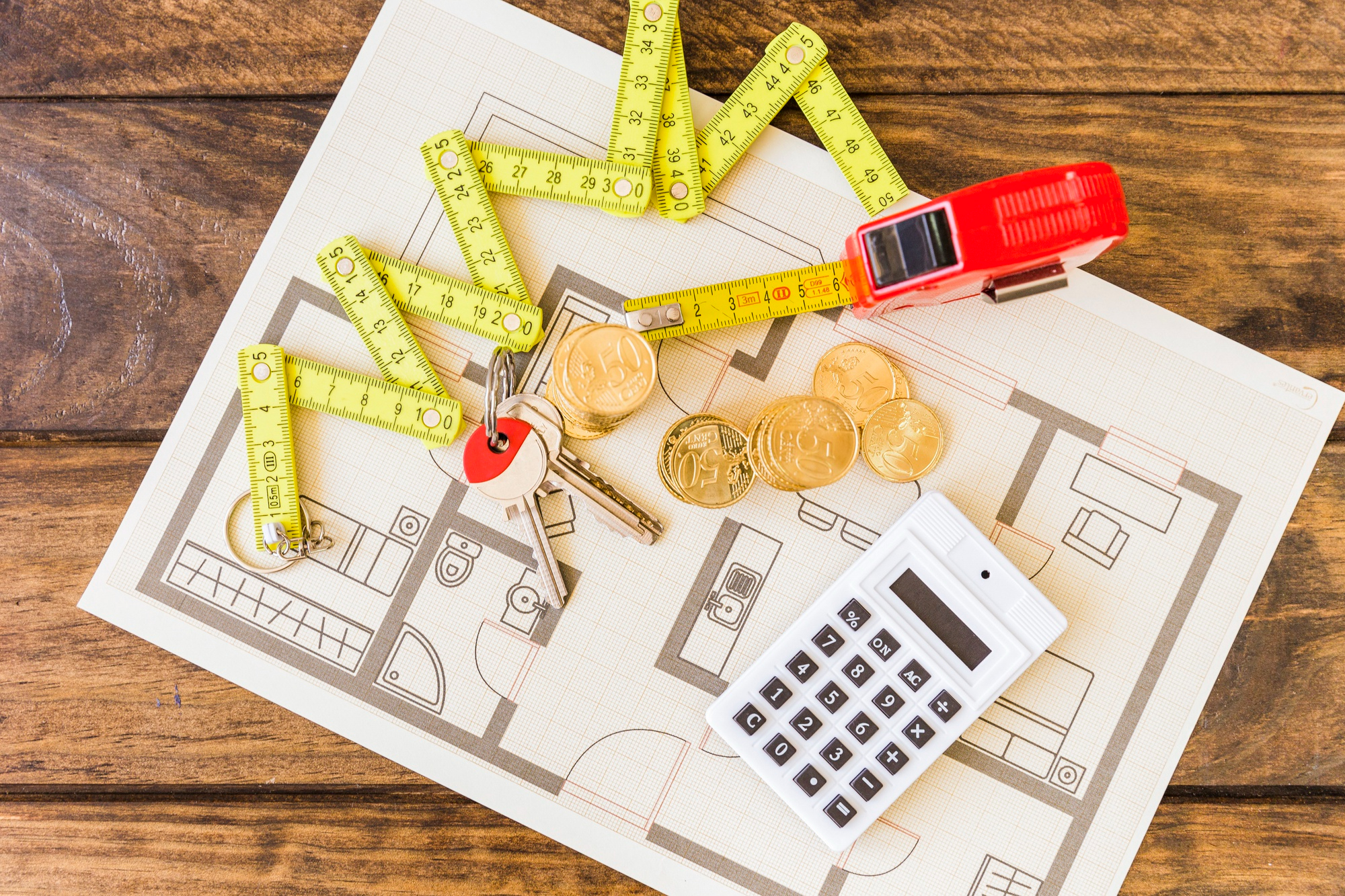Renovating your home involves multiple steps and decisions. This comprehensive guide provides an overview of the renovation process in the Philippines, including planning, budgeting, and execution. Navigate your home renovation project with confidence using this detailed guide.
Assessing Your Renovation Needs
Begin by thoroughly examining your home to identify the areas that require attention. This involves checking for structural issues such as cracks in the walls or foundation, leaks in the roof, and any signs of water damage. Assess the condition of essential systems like plumbing and electrical wiring to determine if they need repairs or upgrades. Take note of aesthetic elements that you want to update, such as outdated fixtures, worn-out flooring, or old paint. Making a detailed list of these needs will help you understand the scope of your renovation project.
Once you have identified the necessary repairs and upgrades, prioritize them based on urgency and budget. Structural and safety-related issues should be addressed first to ensure your home remains safe and habitable. Consider how each renovation will impact your daily life and overall home value. Consulting with professionals, such as architects or contractors, can provide you with a clearer picture of what needs to be done and offer expert advice on how to approach each task. This comprehensive assessment will lay a solid foundation for planning your renovation effectively.
Setting a Budget and Timeline
Start by determining a realistic budget for your home renovation. This involves calculating all potential expenses, including materials, labor, permits, and any additional costs that may arise. Research the costs of materials and services in the Philippines to get an accurate estimate. It’s wise to include a contingency fund, typically around 10-20% of your total budget, to cover unexpected expenses. Break down the budget by each area of the renovation to ensure you allocate funds appropriately. This detailed budgeting will help you avoid overspending and keep your project financially manageable.
Creating a Detailed Timeline
Once you have a budget in place, develop a detailed timeline for your renovation project. Start by setting a desired completion date and work backward to identify key milestones and deadlines for each phase of the renovation. Consider factors such as weather conditions, the availability of contractors, and the delivery times for materials. Be realistic about how long each task will take, and allow some flexibility for unexpected delays. Communicate your timeline clearly with your contractor to ensure everyone is on the same page. A well-structured timeline will help keep your project on track and ensure timely completion.
Choosing the Right Contractor
Selecting the right contractor is crucial to the success of your home renovation. Start by conducting thorough research to find reputable contractors with experience in home renovations within the Philippines. Look for contractors who have a solid track record and positive reviews. It is also beneficial to ask for recommendations from friends, family, or neighbors who have had successful renovation projects. Once you have a list of potential contractors, evaluate their credentials, such as licenses, certifications, and insurance coverage, to ensure they meet all legal and professional standards.
Next, interview your shortlisted contractors to gauge their expertise and professionalism. Here are key steps to follow:
- Request References: Ask each contractor for references from previous clients. Contact these references to inquire about their experience, the quality of work, and if the project was completed on time and within budget.
- Review Previous Work: If possible, visit sites of past projects or review portfolios and photo galleries showcasing their work. This will give you a better understanding of their craftsmanship and style.
- Get Detailed Quotes: Obtain detailed written quotes from at least three contractors. These quotes should outline the scope of work, materials to be used, labor costs, and estimated timelines.
- Check Communication Skills: Ensure the contractor communicates clearly and effectively. They should be responsive to your questions and concerns and provide regular updates throughout the project.
- Discuss Contract Terms: Carefully review the contract terms, including payment schedules, warranties, and procedures for handling changes or disputes. Make sure everything is documented in writing before work begins.
By following these steps, you can make an informed decision and choose a contractor who is reliable, skilled, and aligned with your renovation goals. This will help ensure your renovation project runs smoothly and meets your expectations.
Obtaining Necessary Permits and Clearances
Before starting your home renovation, it is essential to secure all the necessary permits and clearances to ensure compliance with local regulations. The following table outlines some common permits and where to obtain them:
| Permit | Description | Where to Obtain |
| Building Permit | Required for structural changes and significant renovations. | Local government unit (LGU) or city hall. |
| Electrical Permit | Necessary for electrical system upgrades or installations. | City or municipal engineering office. |
| Barangay Clearance | Needed for any construction or renovation in the barangay. | Barangay hall or local barangay office. |
Securing these permits involves several steps, each of which is crucial for a smooth renovation process:
- Prepare Documentation: Gather all required documents, including your property’s title, a detailed renovation plan, and signed application forms. Some permits may also require blueprints or architectural drawings.
- Submit Applications: Visit the relevant offices listed in the table to submit your applications. Be prepared to pay any associated fees and provide additional information if requested by the authorities.
- Schedule Inspections: After submitting your applications, you may need to schedule inspections with local authorities. Inspectors will visit your property to ensure that your renovation plans comply with building codes and safety standards.
- Await Approval: Once inspections are completed, you will need to wait for the permits to be approved. This can take several days to weeks, depending on the complexity of your renovation and the efficiency of the local offices.
- Post Permits On-site: After receiving approval, ensure that all permits are visibly posted on your construction site as required by law. This demonstrates compliance and helps avoid any legal complications during the renovation.
By following these steps and securing the necessary permits and clearances, you can avoid potential fines and delays, ensuring your renovation project proceeds without legal hindrances.
Sourcing Materials and Supplies
Finding the right materials and supplies is crucial for the success of your home renovation. Start by identifying the specific materials needed for your project, such as tiles, paint, lumber, and fixtures. Create a detailed list that includes the quantity, quality, and specifications for each item. This will help you keep track of your requirements and ensure you do not overlook any essential components.
Next, follow these steps to source your materials effectively:
- Research Suppliers: Look for reputable suppliers and manufacturers in the Philippines. Consider visiting local hardware stores, construction supply shops, and online marketplaces to compare options. Reading reviews and asking for recommendations can also help you find trustworthy suppliers.
- Compare Prices: Obtain quotes from multiple suppliers to compare prices. Be mindful of the balance between cost and quality. While it may be tempting to choose the cheapest option, inferior materials can lead to future problems and additional expenses.
- Check Availability: Ensure that the materials you need are readily available and can be delivered within your project timeline. Some items may have longer lead times, so plan accordingly to avoid delays.
- Inspect Quality: Before making a purchase, inspect the materials for quality. Look for any defects or signs of damage. For items like tiles and wood, check for consistency in color and texture to ensure a uniform look in your renovation.
- Negotiate Deals: Don’t hesitate to negotiate with suppliers, especially if you are purchasing in bulk. Many suppliers offer discounts or special deals for large orders, which can help you stay within budget.
By following these steps, you can source high-quality materials that fit your budget and meet your renovation needs. Careful planning and selection of materials will contribute significantly to the durability and aesthetic appeal of your renovated home.




